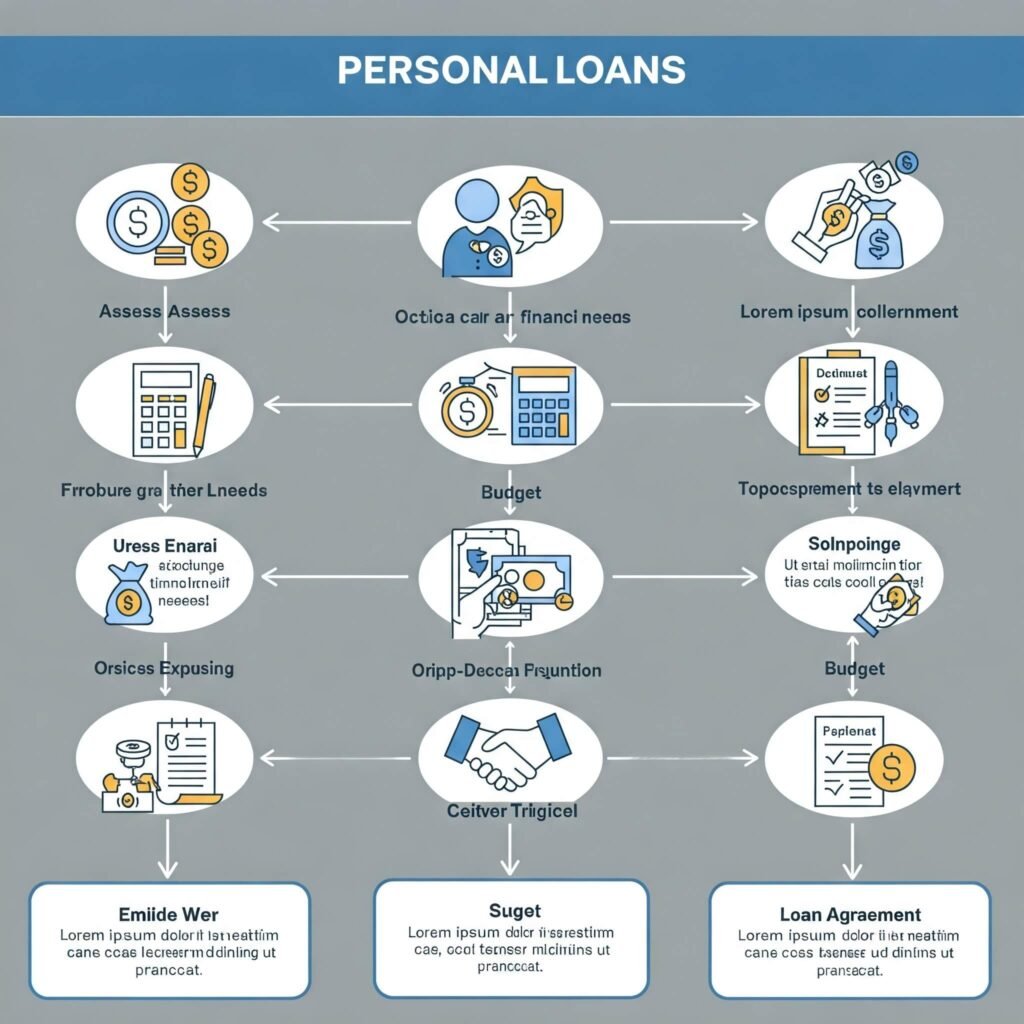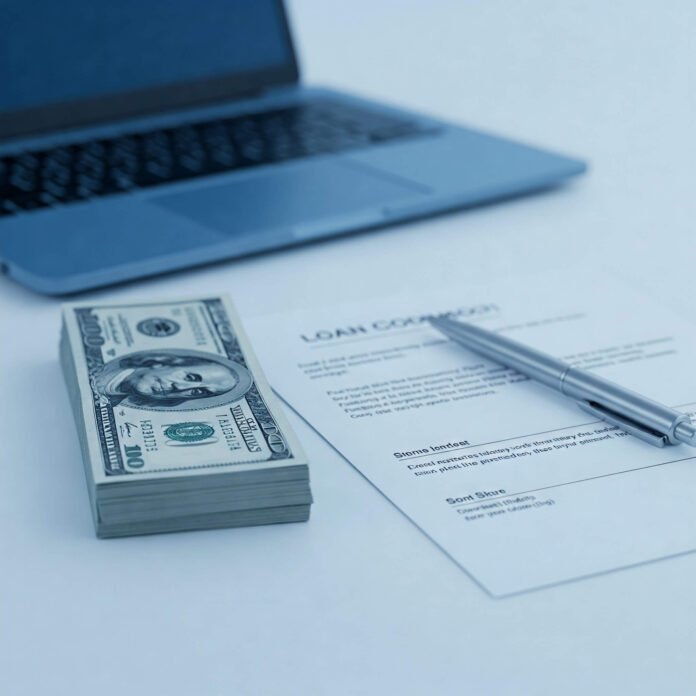Personal loans are like a double-edged sword as I sit in my sweaty Austin apartment, surrounded by empty Topo Chico cans and a fan that’s wheezing like it’s judging my life choices. Just last month, I took out a $5,000 personal loan to cover some dumb medical bills, thinking I was slick, only to realize the interest rate was eating my paycheck alive – I was legit sweating tacos. The air smells like burnt toast and BBQ regret, and I’m spilling the raw truth about personal loans. I’m no finance guru – my budget’s more like a bad SXSW cover band – but I’ve learned the hard way whether personal loans are a lifeline or a trap. Personal loans are a wild ride, and I’m dropping my messy, sometimes contradictory thoughts from my Texas chaos. Let’s wade through this financial swamp together.
My Freakout Over the Truth About Personal Loans
Picture this: I’m at a food truck park on South Congress, dodging hipsters and scrolling X, when I see a post about loan horror stories – the truth about personal loans hit me hard. I thought my loan would be a quick fix, but NerdWallet says high interest rates can bury you if you’re not careful. I signed up with a lender in a panic, then realized I didn’t shop around and got stuck with a 12% rate – total rookie move. Forbes warns that fees can sneak up too, and I got hit with a $100 origination fee I didn’t see coming. The truth about personal loans is they’re clutch for emergencies but can screw you if you’re sloppy. Like, seriously, why’s this so tempting yet so sketchy?

Why Debt Consolidation Is a Win
Diving into the truth about personal loans, debt consolidation is like their superhero cape. I used a personal loan to combine my credit card debt, feeling like a budget boss, until I realized I was still spending like an idiot on vinyl records. Investopedia explains consolidation loans can lower your interest rate and simplify payments. I bragged to my roommate about my “financial glow-up,” then forgot to budget for the monthly payment – oops. Personal loans for consolidation are dope, but I’m learning while sweating through my tank top, wondering if I’ll mess it up again. It’s this mix of “hell yeah, savings!” and “ugh, I’m a disaster!” that keeps me up.
My Dumb Mistakes
Man, the truth about personal loans exposes my worst fumbles. I took out a loan without reading the fine print, thinking I’d pay it off quick, then got slapped with a prepayment penalty – I was shaking, checking my bank app in a humid coffee shop. CNBC reports that 25% of borrowers miss hidden fees, and I’m the poster child for that stat. My contradictory vibe? I want quick cash but hate the debt trap. Tip from my mess: read the loan terms like it’s a thriller novel – don’t be me, skimming while chugging cold brew.of Americans used personal loans for debt consolidation, highlighting their role in financial planning. If high-interest credit card debt is weighing you down, a personal loan could be a game-changer.

Outbound Link: Explore debt consolidation options at SoFi
Why Interest Rates Matter in Personal Loans
Zooming in on the truth about personal loans, interest rates are the real dealbreaker. I’ve been obsessively checking my loan app from my porch, with Austin’s cicadas chirping like they’re mocking my broke vibes. CNET says rates can range from 6% to 36%, depending on your credit. I locked in a high rate ‘cause my credit was shaky, thinking it was fine, then saw my payments balloon. My advice? Shop around for rates like you’re hunting for the best BBQ joint – it saves serious cash.
Deciding If Personal Loans Are Right for You in 2025
Peering into the future, the truth about personal loans has me cautiously hopeful, scribbling notes while food truck smells waft through my window. Bankrate notes that lenders are offering more flexible terms in 2025, which is dope for broke folks like me. I’m dreaming of smart borrowing, but scared I’ll botch it with another dumb purchase.
Outbound Link: Check your credit score at Experian

Outbound Link: Use Bankrate’s loan calculator
Tips for Navigating Personal Loans
Here’s my shaky playbook for borrowing money:
- Shop rates: Use NerdWallet to compare lenders – saved me $500 once.
- Read terms: Watch for fees like prepayment penalties.
- Budget payments: Don’t overspend post-loan like I did.
- Stay informed: Forbes has killer loan tips.
Anyway, that’s my raw take on the truth about personal loans – messy, human, and full of my screw-ups. I’m just trying to borrow smart while dreaming of financial freedom. Got loan tips or debt horror stories? Hit up Investopedia for more or drop a comment – let’s swap tales over virtual brisket.



